Per stirpes means “per branch.” The phrase is often used in wills and other estate records to indicate how property is to be divided if some beneficiaries pre-decease the original writer of the will or owner of the property. A relative has three children and in their will gives their estate to their children or to their children’s descendants per stirpes. Let’s say the relative, named A has three children, B, C, and D. B has two children, C has three children, and D has four children. A dies and B, C, and D have already passed. All the grandchildren of A are living when they die. B, C, and D, had they been living, would have each received 1/3 of A’s estate. That’s how much each group […]
This may seem obvious and it is but based on my emails and personal experience, it bears repeating. Reading an entire document, record, article, etc. before jumping to conclusions, researching, or commenting is advised. This cuts down on research mistakes, creating brick walls where none existed, and making comments that make no sense. Also giving yourself time to let information digest before moving forward on it is advised as well. Slow down. Your deceased relatives are not going anywhere, but haste in your research may make you look for them in the wrong place. Search NewsBank’s GenealogyBank for your ancestors.
There’s a picture of my Mom in a photo album that belonged to her grandmother. There is no writing on the picture. Several other pictures on the page have the year 1949 written on them in handwriting that appears to be that of my mother’s aunt. My mother appears at the very least to be 10 years old in the picture and probably older. Which evidence is stronger for when the picture was approximately taken? Often in genealogical research we find information that conflicts. The key is to find all relevant information and sources that may provide information about something which we would like to know. Then we can evaluate all that evidence and decide which evidence should be given more credence. In this case, the appearance of […]
Dating photographs can be difficult. If you have an idea of when a photograph was taken, indicate how you arrived at that date. Was it because the photograph was in an album and other items on the same page had dates written on them or were able to be dated easily based on events in the photographs? Was it because someone wrote the date on the photograph? Do you know whose handwriting that was? If you are using a printed date on the photograph from the facility that printed the photograph, remember that date is the date of printing–not when it was taken. If the date can be estimated by physical items in the photograph (ie.a car), indicate how you determined the date of that physical item. If […]
Remember that family history is not a contest to see who gets the most names. Try and learn personal details about your individual ancestors and relatives. Newspapers, court records, military records, pension records, etc. are all great places to find out some of these details. Other sources may provide some historical context and information about your ancestor’s occupation and lifestyle. Learning those other details helps you to get a more complete picture of your relative. It also increases the chance that you do locate information on their parents.
I have a photograph of my great-great-grandparents taken around 1900 on the front porch of their home with all their children. The individuals are all identified in a reprint of the photograph that was done in the family genealogy published in 1986. I’m fortunate to know who they are. But I’m not certain exactly how I came to have the photograph. I have documented how other items came into my possession, but I’ve realized that I have things whose acquisition I’ve not documented sufficiently. The easiest way to document acquisition is to keep the items organized by how and when they were obtained and notate where you received them from. That “how you got it” is especially important for photographs that are unidentified.
Many times genealogy success is not about using the latest website or the latest iteration of “research the neighborhood” with new verbiage thrown in. It’s about doing all the tedious grunt work of searching every record you can. Reading through forty family reunion announcements got to be repetitive and nearly mind-numbing. But there was one reference to a couple that indicated they may have had a child. This child was not listed in any other reunion reference to these people. Further research indicated the couple had a child who did not live long…a child that was rarely mentioned after the fact. A search of an ancestor’s long sequence of mortgages indicated there was one to his in-laws that eventually revealed some family drama of which I was unaware. […]
Your foreign-born ancestor who immigrated to America as a child and who was under the age of majority when his father naturalized would have become a citizen based on that father’s naturalization. Children of the father who were over the age of majority would not have become citizens via their father’s naturalization. One of my homesteading relatives in Nebraska in the 19th century used his father’s citizenship to prove his citizenship. Before the early 20th century in the United States, the citizenship status of a woman was tied to that of her husband throwing an additional complication into the mix. Search NewsBank’s GenealogyBank for your ancestors.
One has to be careful inferring too much from small words. “The” and “a” are such words. If the marriage announcement indicated that the bride was attended by “a sister,” does that mean she had more than one sister. If a the reference to the groom indicated that “the brother of the groom was his best man” does that mean that the groom only had one brother? One would have to assume that whoever wrote the item knew the family well enough to know who had more than one sibling and who did not. One would also have to assume that there were no errors in the account of the wedding published in the newspaper. Wedding announcements are not the only references where “a” and “the” may suggest […]
One interesting genealogical activity is to try and determine how your relatives met their spouses. Marriage requires a geographical proximity and, with the exception of online dating and personals ads, the initial connection does as well. My parents and grandparents met through geographic proximity based upon where they grew up. For their siblings that was true as well with the addition of moves for higher education and military service being added to the mix. I had one great-aunt whose initial connection to her husband had always puzzled me. A re-reading of her obituary suggested the likely connection. The great-aunt had finished out her high school career while living with her grandmother some thirty miles from where she grew up and where she had attended her first three years […]
Researchers claim a relative formally and legally adopted his step-children. Following the money is the best way to find out. The relative’s estate was settled in Illinois in 1904. He had a relatively significant amount of real and personal property at the time. The step-children were alive in 1904. The relative does not name the adopted children in his will–even to give them a token amount so they cannot say they were forgotten. They are not listed in the “Order of heirship” where his biological children were listed. A reference to contemporary state statute indicated that legally adopted children could inherit from their adopted parents. That seems to suggest that the step-children were not legally adopted by their step-father. Reading state statutes can be tedious, but it can […]
“Adoption” is one of those words that has meanings both inside and outside the law. It’s also one of those words that gets thrown around in genealogical writing, genealogical software, and any time families and relationships are written about. It is also a relationship that genealogy researchers sometimes assume took place during a time period when legal practices were different than they were today. My great-great-grandmother was born in 1851 in Illinois. Her father died less than five years later and her mother was married to another long-term husband by 1859. My great-great-grandmother was listed with that step-father’s last name in the 1860 census and in her 1868 marriage record. Was she adopted by him? Do those references prove that she was? A census taker may have simply […]
In some cities, streets have been renamed and renumbered between the time your ancestor lived there and today. If your family lived in the same house from 1880 through 1930, make certain the address didn’t change during that time period. Chicago had major changes to addresses in 1909, and other cities did as well. A larger town may have absorbed all or parts of bordering suburbs or towns. Before you type that 1890 address into Google Maps or another modern map site, make certain the address hasn’t changed. Search NewsBank’s GenealogyBank for your ancestors.
A 1931 era photograph of my grandmother and her nephew has four separate sets of identification written on it. Two are written on the front and two are written on the back. The photograph was apparently removed from a scrapbook which has removed part of the identification that was written on it. Three of the identifications name both individuals. One only names my grandmother and, interestingly enough, is written in her handwriting. Fortunately it’s not the only identification otherwise I might have wondered if “Dot” was the baby or the young child holding the baby. The printed name in pencil on the reverse serves as a good reminder to avoid jumping to conclusions. After some reflection and some research, I concluded that it says “[probably Dot or Dorothy] […]
For some genealogists, their ancestral families are fairly homogenous, coming from the same ethnic background, geographic area, social class, religious background, etc. In cases such as these it can be easy to develop a tunnel vision in terms of research. I see this on various message boards when advice is asked for and someone will say “land records always help,” “church records always provide parents,” or some other generalized answer. Land records help if your families usually owned at least a few acres of land. While church records should always be on the research to-do list, some denominations keep more detailed records than others. One way to find a different family to work on is to use that of an in-law who grew up in a significantly different […]
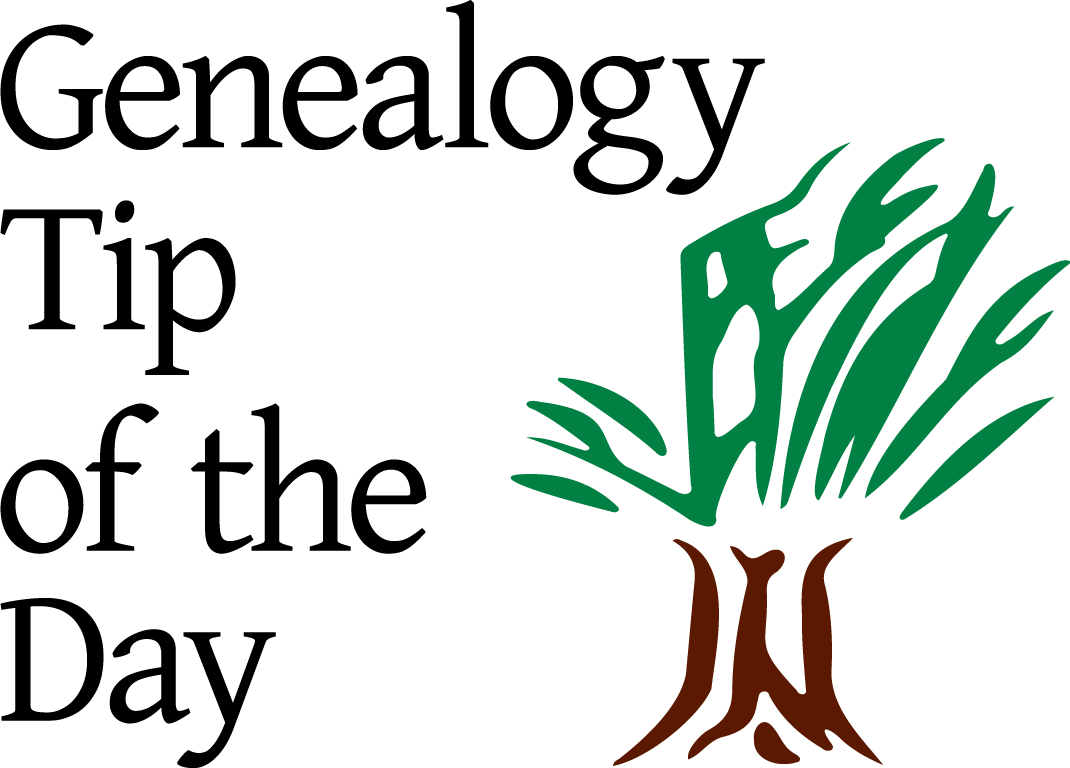
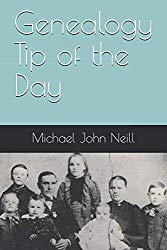
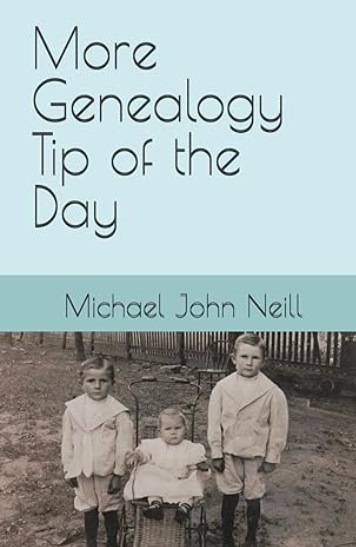

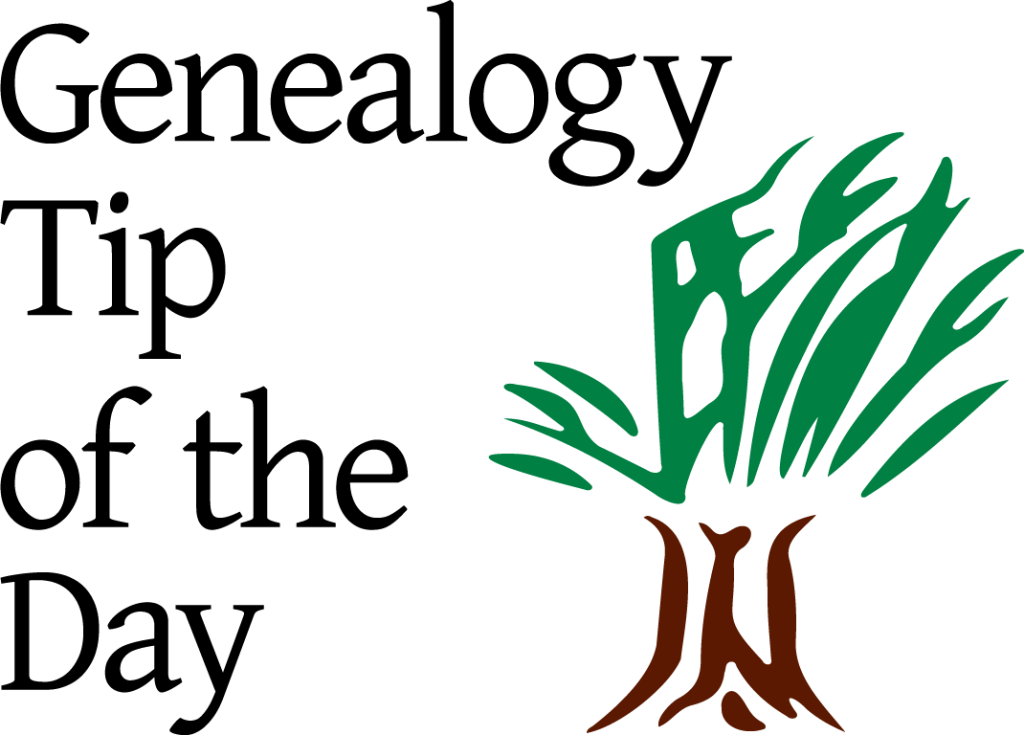
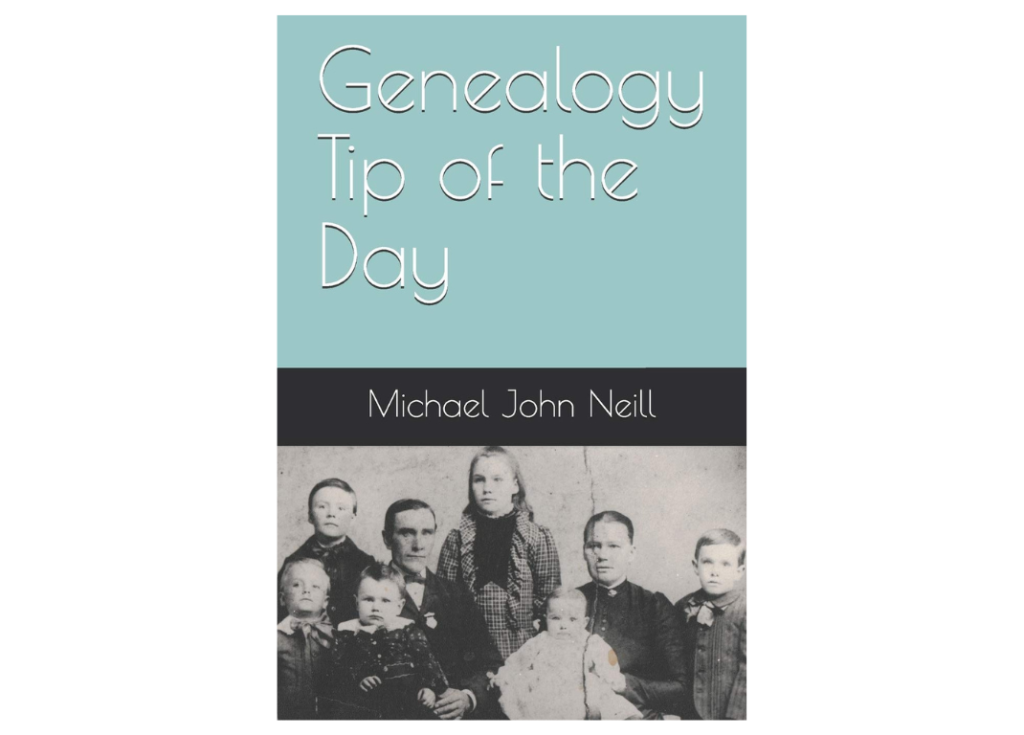
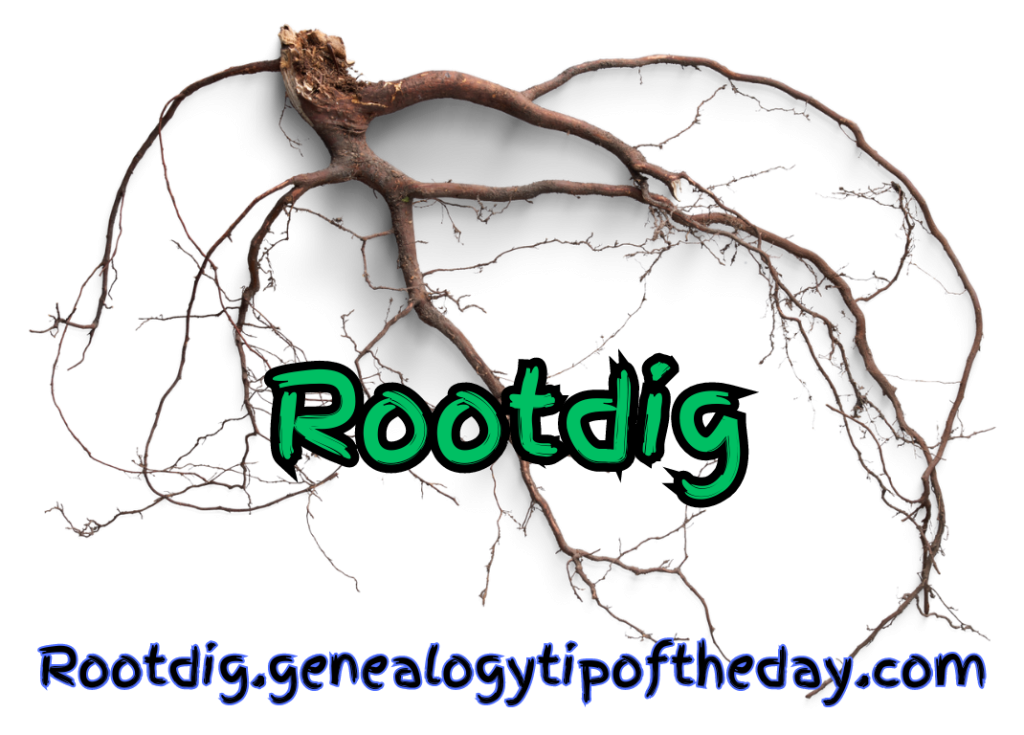

Recent Comments